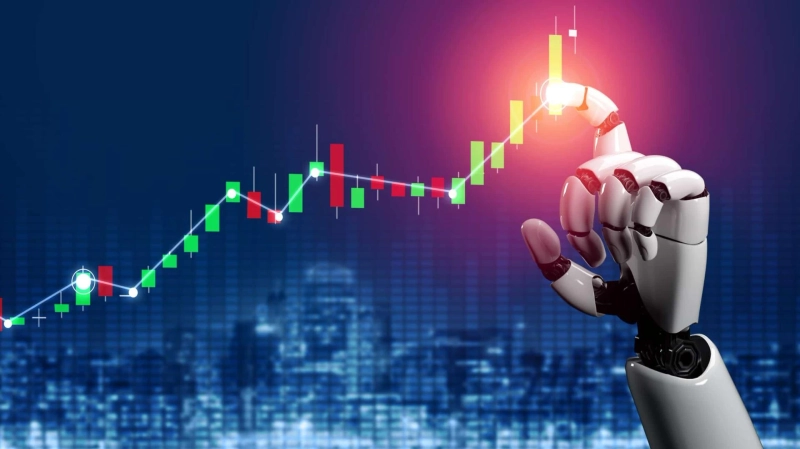Introduction
Automated Trading Systems (ATS), also known as algorithmic trading or black-box trading, have transformed the landscape of financial markets over recent decades. These systems utilize complex algorithms and computer programs to execute trades automatically, often at speeds and frequencies impossible for human traders to achieve. This article explores the concept of automated trading, its advantages, challenges, and its impact on modern trading practices.
Understanding Automated Trading Systems
What are Automated Trading Systems?
Automated Trading Systems are software programs designed to execute predefined trading strategies without human intervention. These systems can analyze market data, identify trading opportunities, and execute trades according to predetermined parameters. They can be as simple as executing a single order or as complex as managing entire investment portfolios.
How do Automated Trading Systems Work?
ATS operates based on predefined rules and algorithms. These algorithms are typically developed using mathematical models, statistical analysis, and historical market data. The system continuously monitors market conditions, such as price movements, volume, and other relevant factors, and executes trades when predefined conditions are met. Some ATS also incorporate machine learning algorithms to adapt to changing market dynamics.
Types of Automated Trading Strategies
There are various types of automated trading strategies, including trend-following, mean reversion, arbitrage, and market-making strategies. Trend-following strategies aim to capitalize on directional price movements, while mean reversion strategies exploit temporary deviations from the average price. Arbitrage strategies exploit price differentials between different markets or assets, while market-making strategies involve providing liquidity by quoting both buy and sell prices.
Advantages of Automated Trading Systems
Speed and Efficiency
One of the key advantages of ATS is their ability to execute trades at high speeds and frequencies. Automated systems can analyze market data and execute trades in milliseconds, reducing the impact of market fluctuations and latency issues.
Elimination of Emotional Bias
Human traders are susceptible to emotions such as fear, greed, and panic, which can lead to irrational decision-making and trading errors. Automated trading systems operate based on predefined rules, eliminating emotional bias and ensuring consistent execution of trading strategies.
Backtesting and Optimization
Automated trading systems can be backtested using historical data to evaluate their performance under different market conditions. This allows traders to optimize their strategies and fine-tune parameters to improve profitability and reduce risk.
Challenges and Considerations
Technical Risks
Automated trading systems are susceptible to technical glitches, software bugs, and connectivity issues, which can result in erroneous trades or system failures. Traders must implement robust risk management measures and safeguards to mitigate these risks.
Market Risks
While ATS can exploit trading opportunities quickly, they are also exposed to market risks such as sudden price movements, volatility spikes, and liquidity shortages. Traders must carefully monitor market conditions and incorporate risk management strategies to protect their capital.
Regulatory Compliance
Automated trading systems are subject to regulatory oversight and compliance requirements, particularly in highly regulated markets. Traders must ensure that their systems adhere to relevant regulations and guidelines to avoid potential legal issues and penalties.
Impact on Financial Markets
Automated trading systems have significantly impacted financial markets, leading to increased liquidity, reduced trading costs, and improved price efficiency. These systems have also facilitated the emergence of high-frequency trading (HFT), which accounts for a significant portion of trading volume in many markets.
Conclusion
Automated Trading Systems have revolutionized the way financial markets operate, enabling faster execution, eliminating emotional bias, and improving trading efficiency. While they offer numerous benefits, they also pose challenges such as technical risks, market volatility, and regulatory compliance. As technology continues to evolve, automated trading is expected to play an increasingly significant role in shaping the future of finance.


